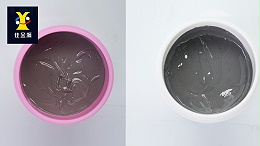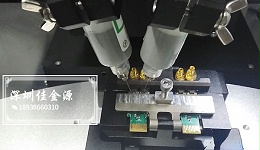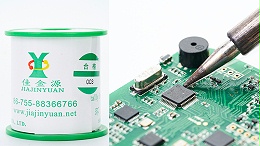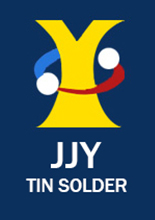
1.Lead-free solder pasteSpecial phenomena of wave welding
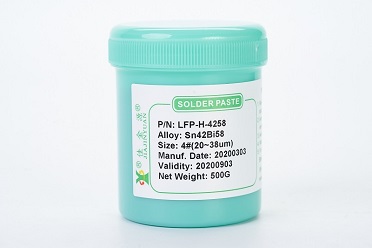
1,QFPThe second is the deterioration of the heated solder joint
When on some of the front of the circuit boardQFPAfter the lead-free solder paste is firmly re-soldered on the pins, when they re-enter the bottom surface for the secondary high heat of lead-free wave soldering, sometimes it is found that a few pins will experience the undesirable phenomenon of melting and peeling off (in fact, the situation will be even worse when the reverse side of the circuit board is re-soldered for the second time).
Method: Completely eliminate any source of lead, avoid using bismuth-containing pin films or solder, and completely prevent the occurrence of local low melting points. This is the right way.
2Do not perform wave welding multiple times to avoid ring loss
miningSACWhen alloys are wave soldered, the tin temperature is often as high as possible260one265℃the4-5After a second of intense hot tin wave contact, the surface to be solderedPTHThe edge of the hole has been severely eroded by copper, so the best solution is to only implement a single wave welding. When secondary wave repair welding is required, the copper layer at the edge of the hole will be eroded thin, and it may even cause the copper ring on the base plate surface to be washed away by the tin wave, resulting in ring loss. Therefore, secondary wave welding should be avoided as much as possible to reduce scrapping.
3The bottom plate surface can also be carried outQFPWave welding
The common practice in circuit board factories is to first perform solder paste reflow on the front side of the circuit board, then flip the circuit board over and stand it up, and print solder paste on the bottom side. All of theseSMTandQFPThe components and wave soldering pins are subjected to overhead reflow soldering. Finally, the local wave welding on the bottom surface of the pin components is carried out under the protection of the tray. In this way, a total of three rounds of lead-free intense heat torture will be carried out, and the circuit boards and various components will all suffer severe damage.
4The top face ring should be reduced in size
PCBThe design specifications and toolsLayoutMost of the software has inherited the tradition of lead welding that has lasted for many years. In fact, lead-free solder has increased cohesion, resulting in tin adhesion(Refers to tin on or loose tin)Poor. At the normal speed of the wave pump, it is intended to push the tin wave~,I/LThose whose tops even spill over and are covered with the face ring have few chances nowOJ-STDone001DIn its table6-5Correct.Class2,3For the type of board, it is only necessary to ensure that the amount of solder entering the hole reaches the required level75%That is, I have passed.OSPThe size of the top surface ring of the membrane does not necessarily have to be the same as that of the bottom surface; otherwise, there will be exposed copper on the periphery, which will cause damageOSPIt is difficult for the film to ensure that the copper surface will not rust or migrate during subsequent use.
5Tin filling in the porous area can cause the plate to burst
Old-fashioned designBGAA large number of through holes are often densely arranged in the bottom plate of the web, serving as interconnections between layers for multi-layer wiring. When such densely pored areas are tinned through tin waves, the large amount of heat energy that rushes in will inevitably test the multi-layer boardZThe limit of the tolerance of direction often leads to the board being inZCracking or even breaking in the direction. In addition, there is a kind of filler in the dense hole area, which is used for the insertion and soldering of the connector pins. At this point, although the heat brought by the tin surge is still considerable, some of it is absorbed by the pins, so its boardZThe crack in the direction is lower than the hollow hole. Such crises only need the thickness of the copper hole to be sufficient(0.7milThe above)The elongation of the copper plating layer(Elongation)It can still be maintained20%The above
